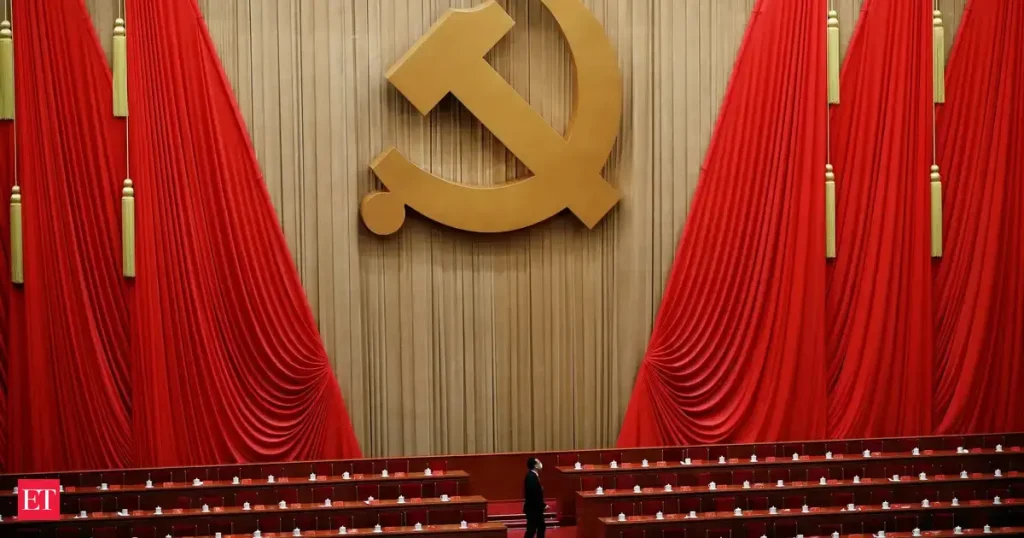Beijing is likely to release an outline of its next five-year plan after that meeting, but the full plan and its development targets won’t be released until March 2026.
Here are key details to look out for: GROWTH TARGETThe next five-year plan is unlikely to unveil a specific economic growth target for 2026-2030, in line with the previous document which omitted the goal for the first time.
The move was praised at the time as something that could unshackle Beijing and local governments from being wedded to unsustainably high growth, at the risk of creating excessive debt and exacerbating structural imbalances.
However, China has separately continued to set ambitious annual targets with the only exception being the first year of the pandemic. In 2022, President Xi Jinping laid out a long-term vision of “Chinese-style modernisation”, with a goal of doubling the size of China’s economy by 2035 from 2020. Most analysts believe that long-term aspiration is intact. That’s why China observers remain convinced that whether the five-year plan specifies a growth target or not, Beijing is still likely to aim for an annual average growth of at least 4.5% over the period.
OTHER ECONOMIC TARGETSAnalysts expect China to target an urban jobless rate below 5.5% for 2026-2030, matching the current five-year plan. They also expect Beijing to keep aiming for per capita disposable income growth to be in line with GDP growth.
UBS forecasts research and development spending to rise by over 7% annually, similar to the current plan but below the 10.5% rate in 2021-2024.
Analysts also anticipate China will aim for an urbanisation rate of 70% by 2030, up from the current plan’s 65% target.
PERSONNEL RESHUFFLESThe meeting, known as a plenum, is also likely to discuss party governance, including personnel reshuffles and disciplinary actions among the Communist Party’s Central Committee’s hundreds of members.
Some observers expect the biggest turnover among the members of the party’s largest top decision-making body since 2017. At least nine officials have died or come under corruption investigations since last year’s plenum, and three more have not appeared publicly for months.
Two out of the three officials – senior diplomat Liu Jianchao and former industry minister Jin Zhuanglong – were replaced without official explanation. Reuters reported in August that Liu was detained for questioning.
Analysts and diplomats expect updates on the probe into former Central Military Commission member Miao Hua and possible information on CMC vice-chair He Weidong, who has not been seen publicly since March.
INDUSTRIAL POLICY AND NATIONAL SECURITYThe plan is expected to continue to prioritise supply chain resilience, with technological self-sufficiency and strategic autonomy elevated as national security imperatives.
The development of “new productive forces,” such as artificial intelligence, semiconductors, robotics, and biotech will feature prominently.
REBALANCING TOWARDS CONSUMPTIONLast month, China’s top legislative body recommended raising the share of household disposable income and consumption in the economy.
Household consumption now makes up roughly 40% of GDP, compared with almost 70% in the U.S., and some government advisers suggest China should target 50% over the next decade.
Economists at Citi estimate measures worth 20 trillion yuan ($2.81 trillion), or about 15% of China’s 2024 GDP, would be needed in the next five years to achieve meaningful rebalancing.
Analysts say introducing specific numerical targets on those metrics would show political will, but most of them expect Beijing not to do that.
ENVIRONMENTThe plan is expected to reaffirm commitments to peak carbon emissions by 2030 and achieve carbon neutrality by 2060. There will be further plans to reduce energy intensity and expand green technology sectors.
